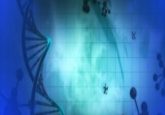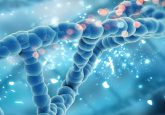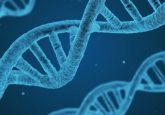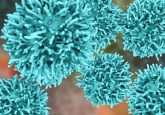Neuroblastoma detected by novel biomarker assay with increased sensitivity
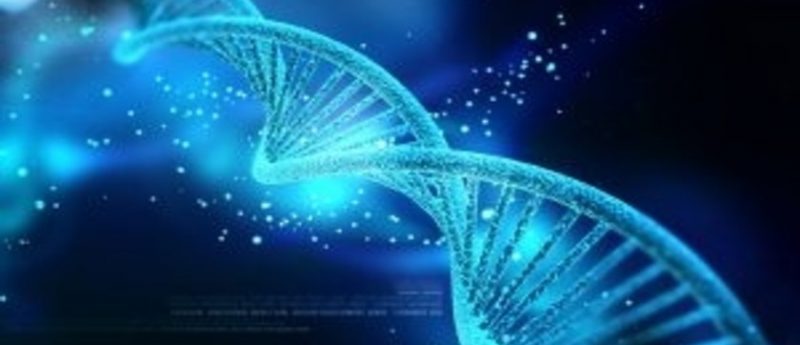
New research from The Saban Research Institute of Children’s Hospital Los Angeles (CHLA) (CA, US), has resulted in the development and testing of a novel biomarker assay that detects the presence of neuroblastoma as well as quantifying disease, even in cases where standard evaluations yield negative results.
Published recently in Clinical Cancer Research, the study led by Araz Marachelian (CHLA), provides the first systemic comparison of conventional imaging evaluations against the new assay, which screens for five different neuroblastoma-associated genes; the study determined that the assay improves disease assessment as well as providing prediction of disease progression.
A cancer of the nervous system that exists outside of the brain, neuroblastoma is normally diagnosed in children aged five or younger; 45% of patients have high-risk, stage IV metastatic tumors at diagnosis.
Despite children with neuroblastoma often responding to therapy, with many declared as in “remission” following standard tests, large numbers of children will still relapse; “clearly, there is some remaining tumor in the body that we cannot detect with standard tests and physicians have a hard time predicting if a patient is likely to relapse,” stated Marachelian.
Developed in the Robert Seeger and Shahab Asgharzadeh laboratories (CHLA), the novel assay, which tests for five neuroblastoma-specific genes, soon evolved to provide an improved way of quantifying the disease and aid in understanding the cancer’s impact on the patient. Previous assays used to detect the disease only screened for one neuroblastoma-specific gene at a time. Rather than running five different tests, Marachelian and colleagues developed a method for testing multiple genes simultaneously, using a different technology platform that can quantify minuscule amounts of tumor.
In a population with relapsed or refractory neuroblastoma, according to Marachelian, it is vital to determine if the therapeutics given to patients are working. However, standard clinical evaluations such as conventional scans and bone marrow evaluations may be limited in their ability to do so as a result of variability, first and foremost, and secondly due to their inability to highlight disease severity or provide an idea of how aggressive the treatment should be.
“With imaging scans, disease that is starting to grow versus disease that is getting better can look very similar when you first look,” explained Marachelian. “This assay could have the potential to be like an advance warning system – we can see if things are getting worse and be poised to take action. Alternately, if we see things are getting better or the disease is no longer detectable even with this very sensitive test, we can decrease the treatment to protect the patient from unnecessary exposure to toxicity and side effects.”
As the group has now validated the assay for predictive ability, they have started testing how the results of the assay may change in response different therapeutics. “Our hope is that it will help oncologists and patients make decisions about the course of therapy,” concluded Marachelian.
The assay has been incorporated into all national trails by the New Approaches to Neuroblastoma (NANT) consortium, headquartered at CHLA, with patient samples being sent to the hospital for analysis. Moving forwards, researchers aim to validate the assay’s ability to support treatment decision, with the ultimate goal being the adoption of the assay as a standard clinical evaluation.
Source: Marachelian A, Villablanca JG, Liu CW et al. Expression of Five Neuroblastoma Genes in Bone Marrow or Blood of Patients with Relapsed/Refractory Neuroblastoma Provides a New Biomarker for Disease and Prognosis. Clin Cancer Res. doi: 10.1158/1078-0432.CCR-16-2647 [Epub ahead of print] (2017); EurekAlert release
